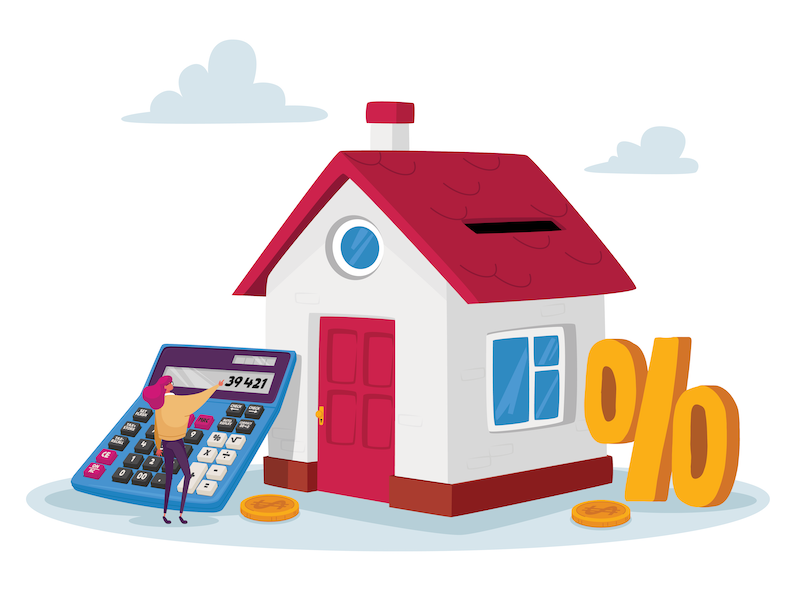
Last year, approximately 4.6% of Canadians who opened a first home savings account (FHSA) also made a qualifying withdrawal from the account to buy a home. The account launched in April 2023.
According to data provided by the Canada Revenue Agency (CRA) to Investment Executive, 34,230 out of 739,310 FHSA holders made a qualifying withdrawal as of Dec. 31, 2023.
To make a tax-free qualifying withdrawal, an FHSA holder must be a first-time homebuyer and have a written agreement to buy or build a home by Oct. 1 of the following year (or not have bought the home more than thirty days prior to making the withdrawal). They also must intend to live in the home as their principal residence within one year of buying or building the home.
Jacqueline Power, assistant vice-president of tax and estate planning with Mackenzie Investments in Toronto, said, “It doesn’t surprise me in the least” that some FHSA holders would choose to make qualifying withdrawals soon after opening and contributing to the plan.
“We’re all looking for [tax] deductions these days, any way that we can get one,” Power said. Qualifying withdrawals from an FHSA allow “an individual to have that deduction and make that tax-free withdrawal.”
Launched on April 1 of last year, the FHSA is a registered plan that allows first-time homebuyers to save for a down payment on a tax-free basis. Contributions to an FHSA are tax-deductible, while withdrawals to purchase a first home — including from investment income — are tax-free.
Contribution room begins to accumulate once an FHSA is opened. There is an annual contribution limit of $8,000 and a lifetime contribution limit of $40,000. Up to a maximum of $8,000 in unused contribution room can be carried forward to a future year.
There is no minimum holding period before which contributions to an FHSA can be used to make a qualifying withdrawal.
After an FHSA holder makes a qualifying withdrawal, any contributions they make to the account are no longer tax-deductible. Holders must also close the plan by the end of the year following the year they made a qualifying withdrawal and can’t open another FHSA in their lifetimes.
The CRA told IE that information was unavailable as to the average length of time an FHSA was open before the holder made a qualifying withdrawal. Financial institutions do not report information on what date an FHSA is opened, the CRA said.
The CRA also did not have information on how many FHSAs have been closed so far.
FHSA assets reach $2.8 billion
According to the CRA, the total fair market value of all open FHSAs at the end of last year was $2.8 billion ($2,785,980,000).
The average balance for all active FHSA holders was $3,900, and the median was $2,610. (An active account is one where the account hasn’t been marked as closed or has been marked as closed but the financial institution reported a balance greater than zero.)
By federal tax brackets (2023), the number of active FHSA holders were as follows:
| Active FHSA holders | Taxable income |
| 326,340 | $53,359 or less |
| 263,160 | $53,360 to $106,717 |
| 48,450 | $106,718 to $165,430 |
| 11,590 | $165,431 to $235,675 |
| 6,190 | more than $235,675 |
This information provided by the CRA represented cases where the CRA was able to match the T4FHSA slip filed by taxpayers with an assessed income tax return. The matching exercise was performed on May 25, 2024, the CRA said.
As the agency receives more information from Canadian taxpayers and financial institutions, the FHSA data will evolve, it said.